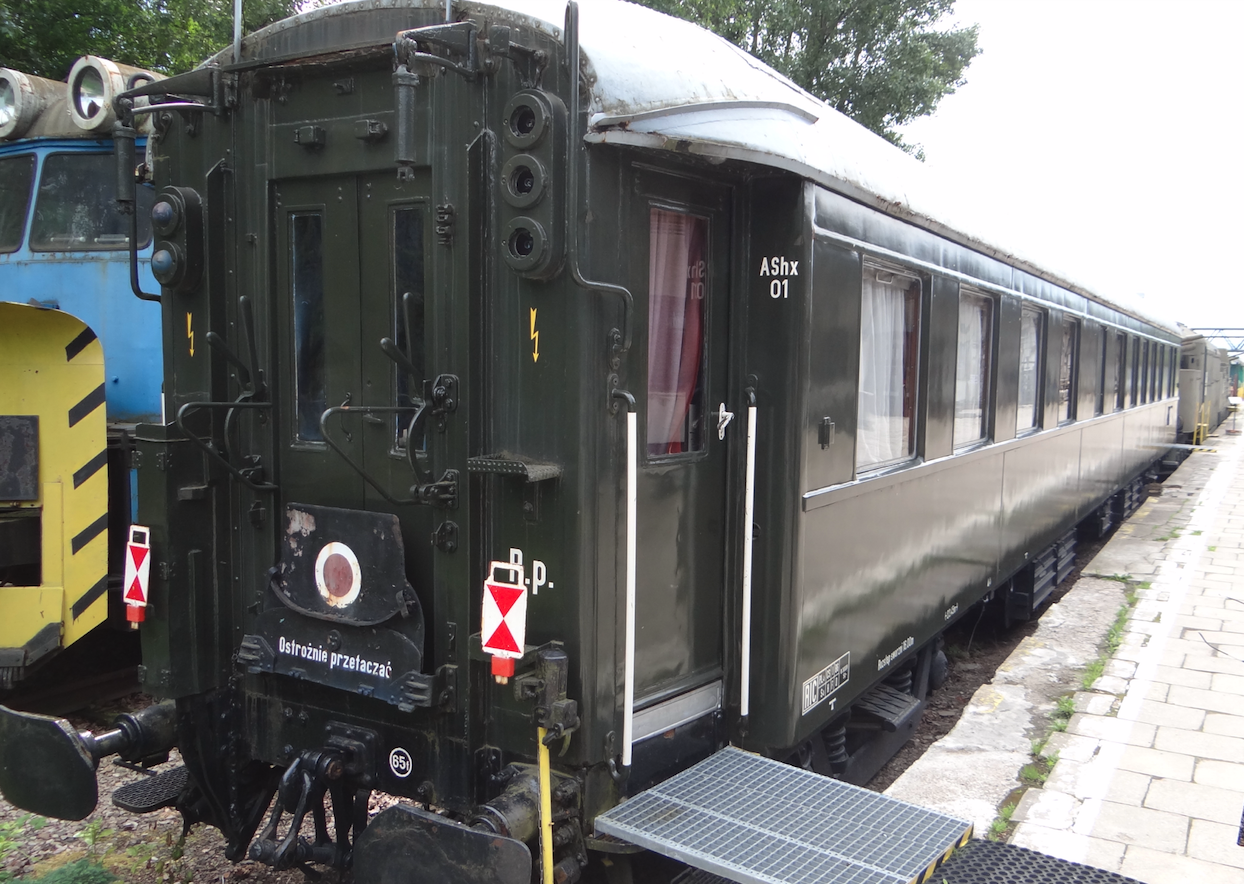Warszawa 2025-02-06
Salon wagon AShx 01.
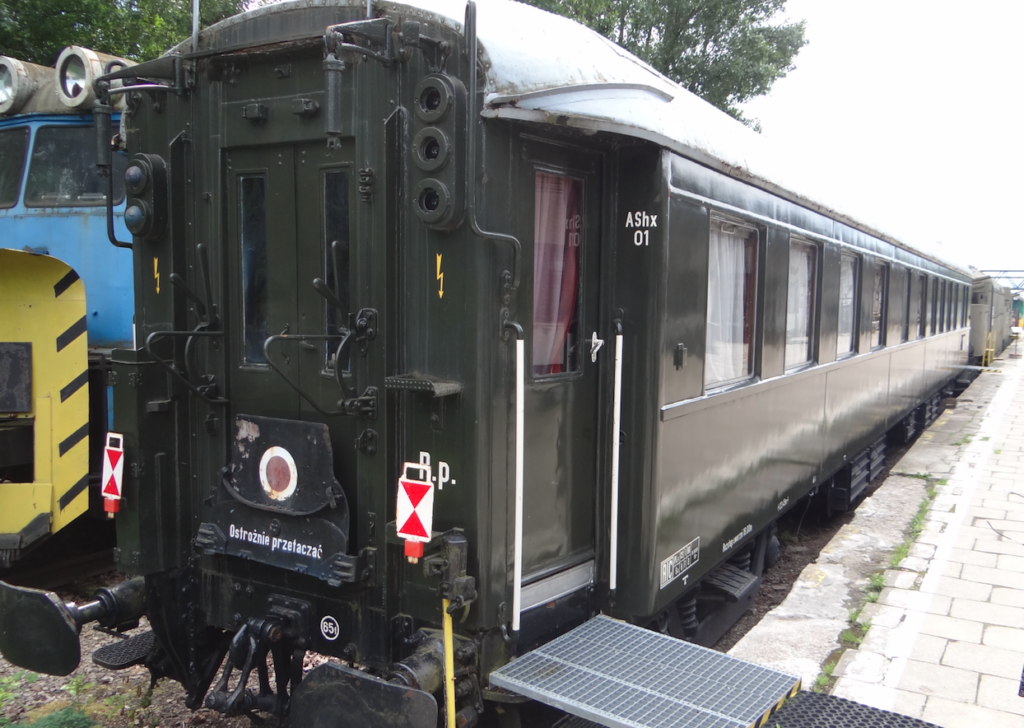
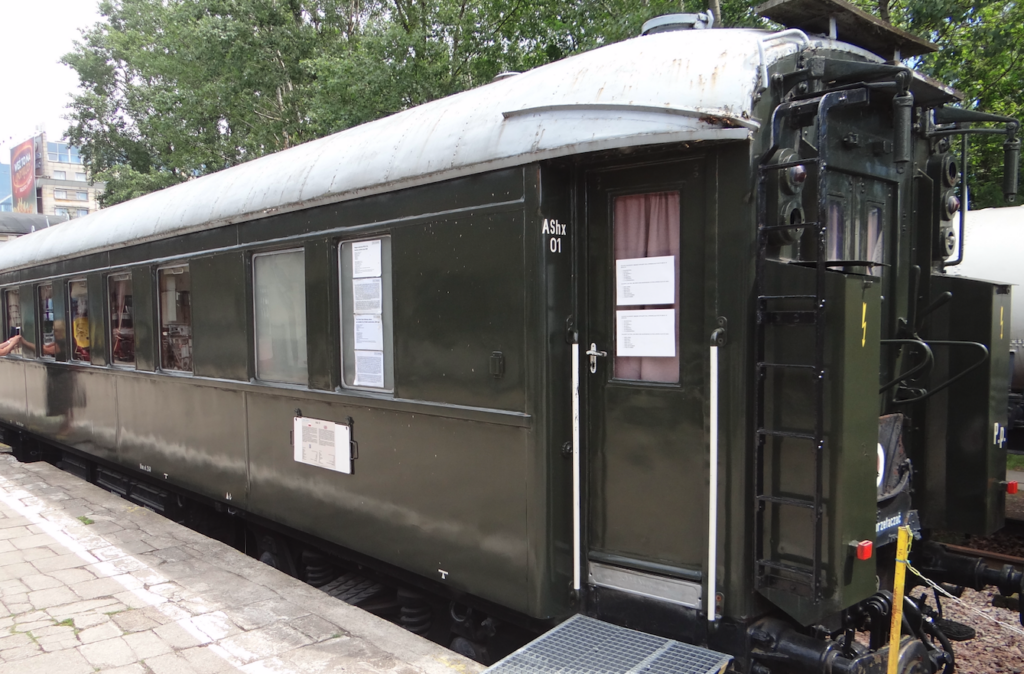
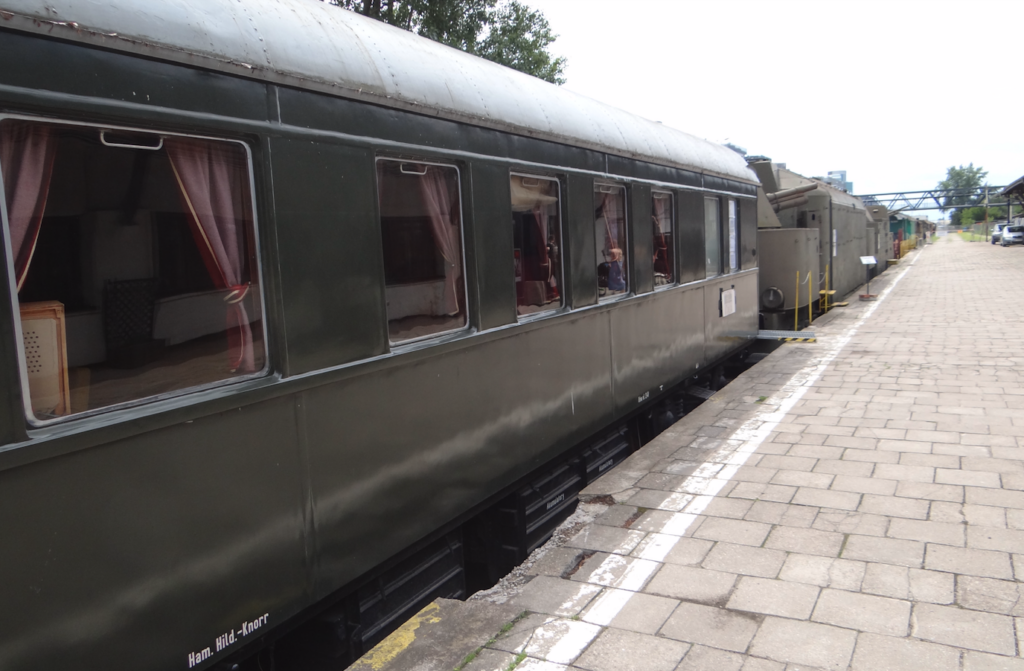
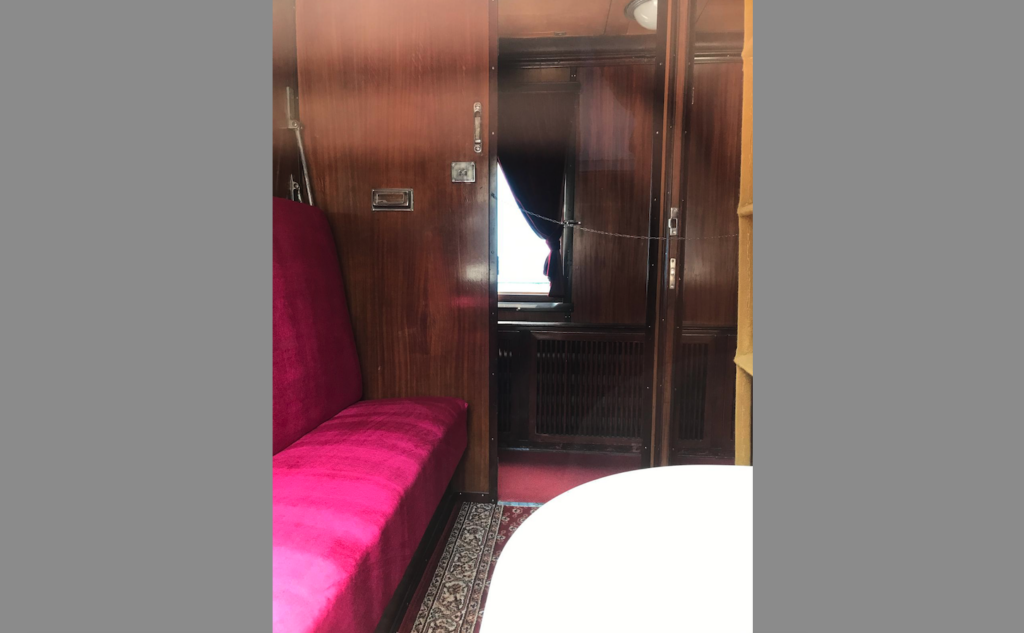
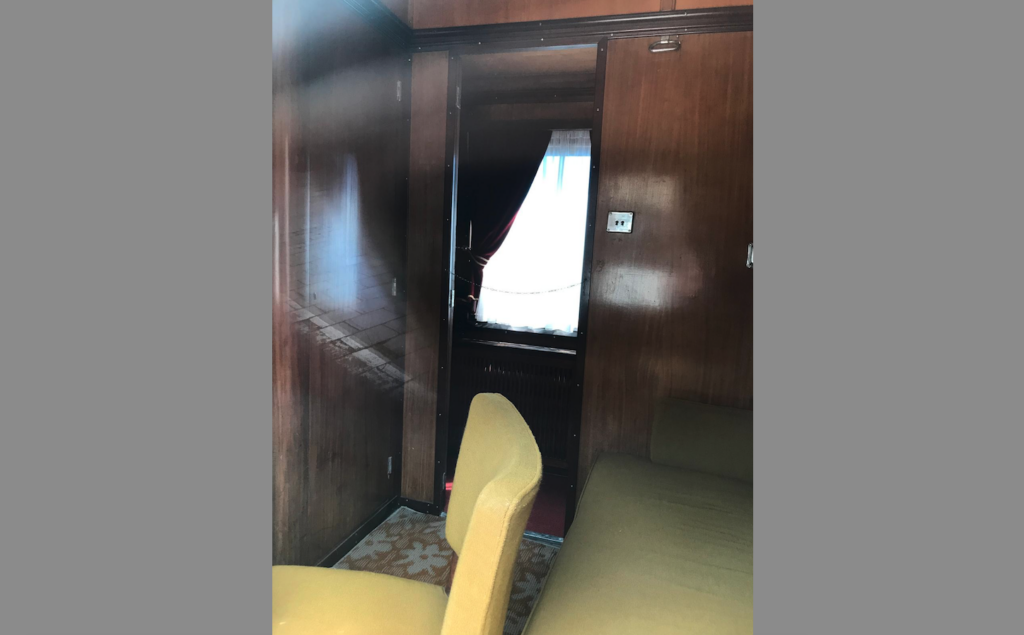
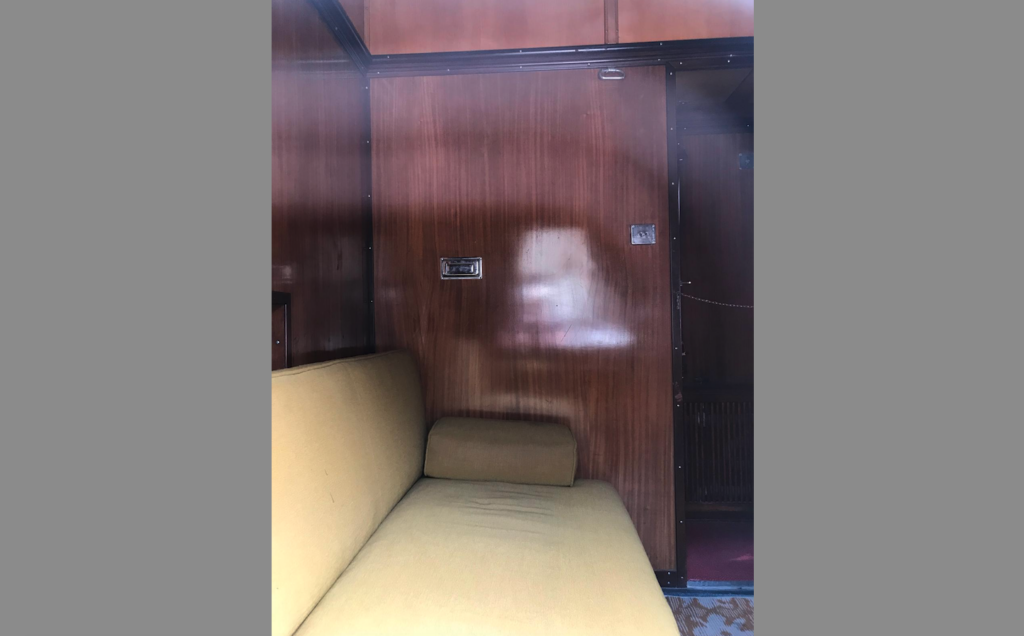
During the Second Polish Republic, railway technology in our country was at a high level. There were several factories in Poland that built rolling stock; locomotives, motor cars, freight cars, passenger cars, sleeper cars and restaurant cars. The International (French) Sleeping Car Company (CIWL) ordered 6 restaurant cars from HCP in Poznań, which were to be part of international express trains. Four cars were delivered to the user. The last two cars were not completed, because on September 1, 1939, the Germans, together with their Muscovite brothers, attacked Poland. The HCP factory was occupied by the Germans. Two unfinished cars were also taken over. These were CIWL cars with numbers 4223 and 4224. The Germans decided to complete the cars in salon finish, for the Germanic state and party authorities. Mainly for NSDAP party activists. The Germans’ reconstruction went very poorly and the work was not completed until the end of World War II. In 1946, all Germanic symbols were removed from the cars and the reconstruction was completed. The interior design and equipment were changed. Polish symbols and markings applicable to PKP were applied. One of these cars was marked No. 01, as a representative salon car for the communist government. The car carried VIPs and foreign guests. In the period 1947-1952 this car was the car of the then President of Poland; Bolesław Bierut, and then it remained at the disposal of the URM (office of the council of ministers). It was used by the then dignitaries of the Polish People’s Republic; Władysław Gomułka and Józef Cyrankiewicz, as well as foreign politicians visiting Poland. The AShx 01 car made its last journeys in 1979. Then the car was reclassified as a technical and utility car. In 1981, the AShx 01 car was transferred to the Railway Museum in Warsaw, currently the Museum Station. The fate of the second car is unknown and it has not survived to the present day.
In 1956, there was an international diplomatic incident involving this car. Maurice Thorez (then Secretary General of the French Communist Party) returned it to Paris, where the wagon was stopped on the grounds that it was a wagon belonging to the CIWL, which had been brought to Poland by Germans during the war and then illegally taken over by PKP. The matter was finally resolved and the wagon returned to Warsaw.
To date (2025), the car has retained its original interior appearance from 40 years ago. The interior of the car consists of several parts. There is a conference area with a large table. There are two workrooms, with bathrooms with showers, toilets, three sleeping compartments, a stewards’ compartment, a kitchen with a coal stove. The car is heated by a coal boiler. Coal is placed in two containers placed at one end of the car. The walls are lined with wooden paneling, with inlaid views of Polish cities. Many meters of high-quality fabrics were used. The car has mahogany furniture upholstered in leather, velvet and velour. These fabrics are used for curtains and bedspreads. A crystal mirror was installed in the conference room. Crystal mirrors were installed in the toilets.
Wagon AShx 01 ex WR 4223 was built in 1939 and received the factory number 4223. The wagon is built on the 26W type. PKP series designations: 1946-1948: ASx; 1948-1981: AShx. Length 23.45 m. Height 4.06 m. Trunnion spacing 16.00 m. Axle spacing in bogies 2.50 m. Bogie type PP “Pensylwański”. Service weight 58,000 kg. 24 V electric lighting. Maximum speed 120 km/h. Heating system; coal furnaces, steam heating from the locomotive or heating wagon, 3 kV electric heating, which was installed at the beginning of the 1970s. Brake type Hilderbrandt-Knorr, additionally handbrake. Rolling bearings, designed by engineer Fijałkowski (PKP 026), and originally sliding bearings. Number of sleeping places 5-7.
Written by Karol Placha Hetman
